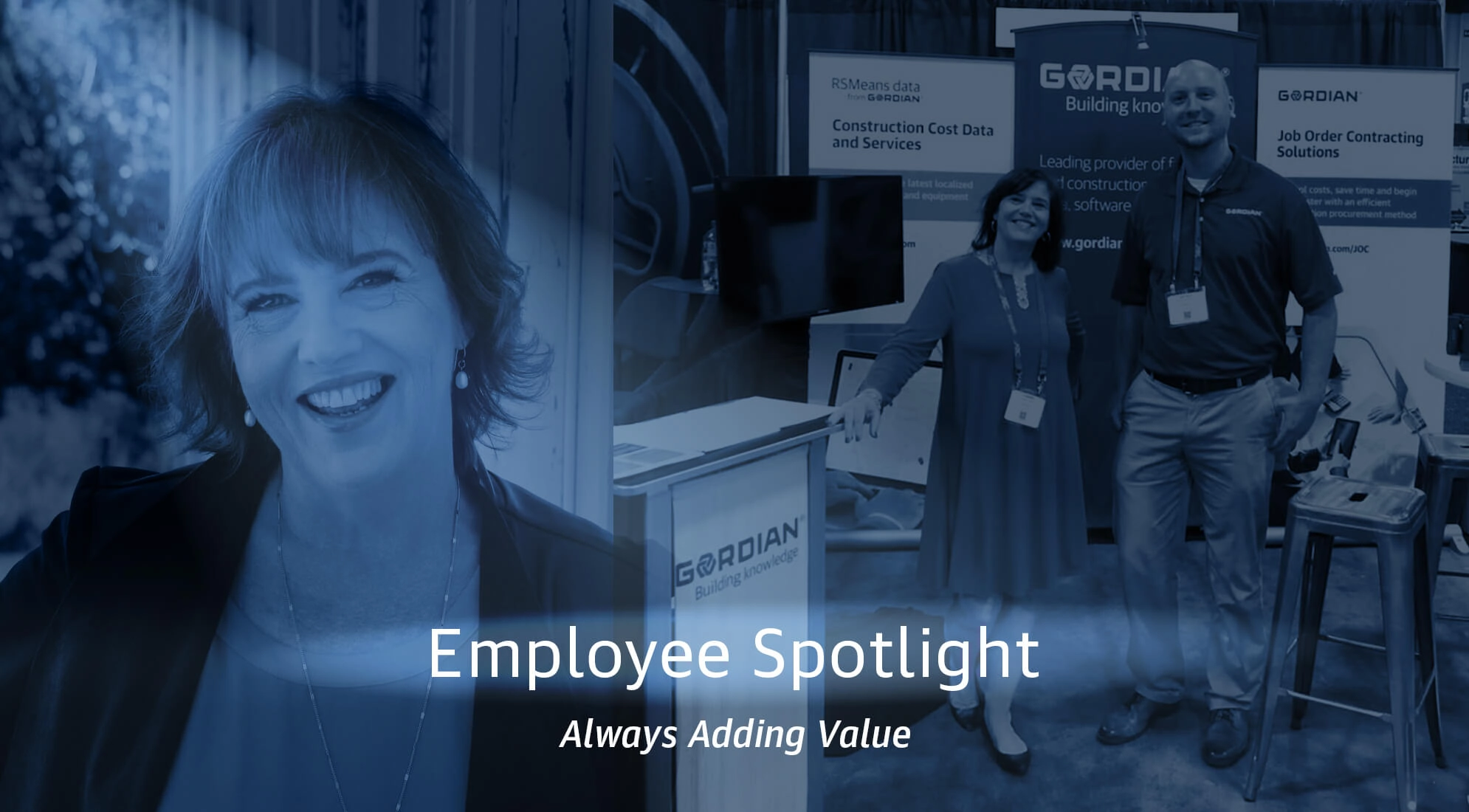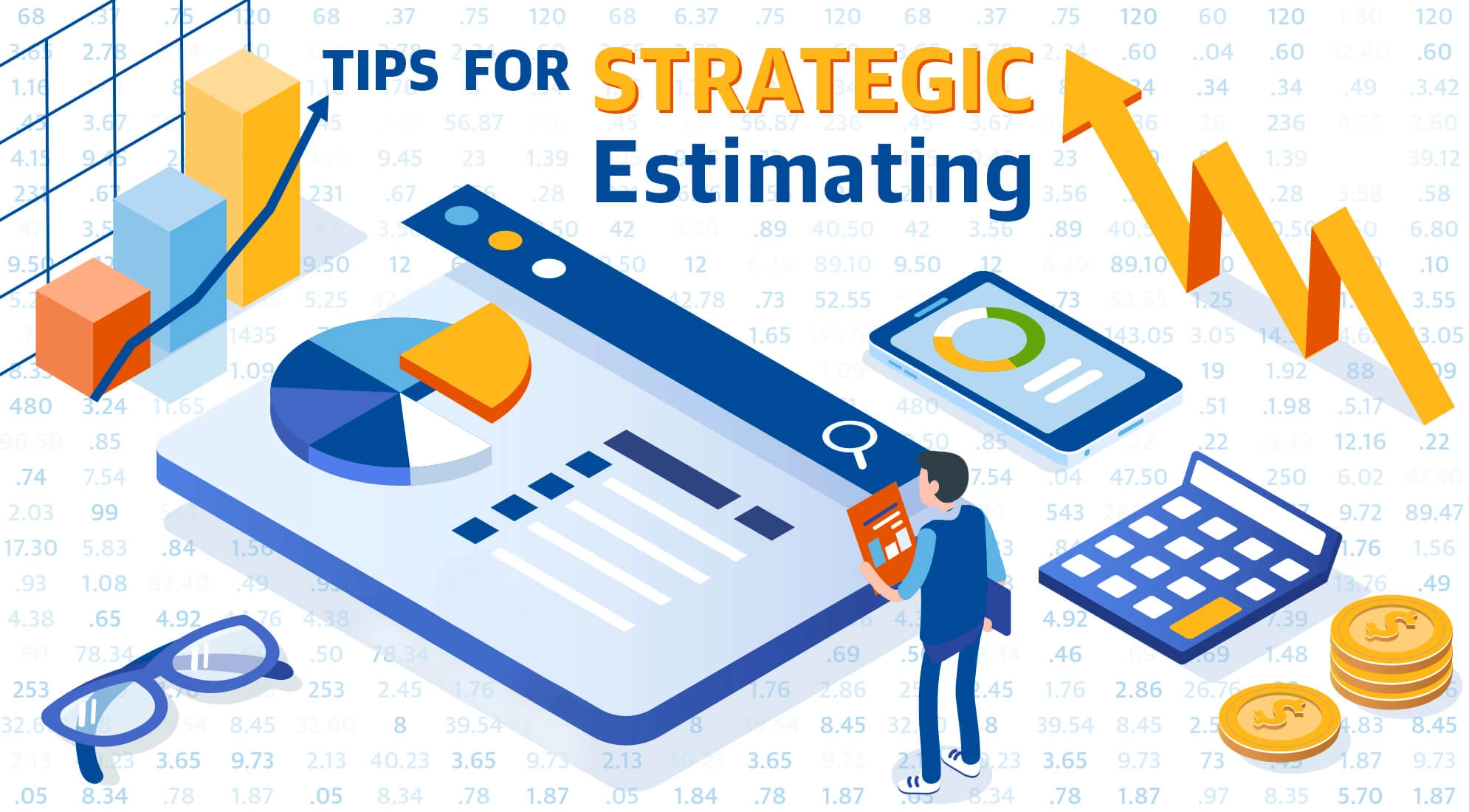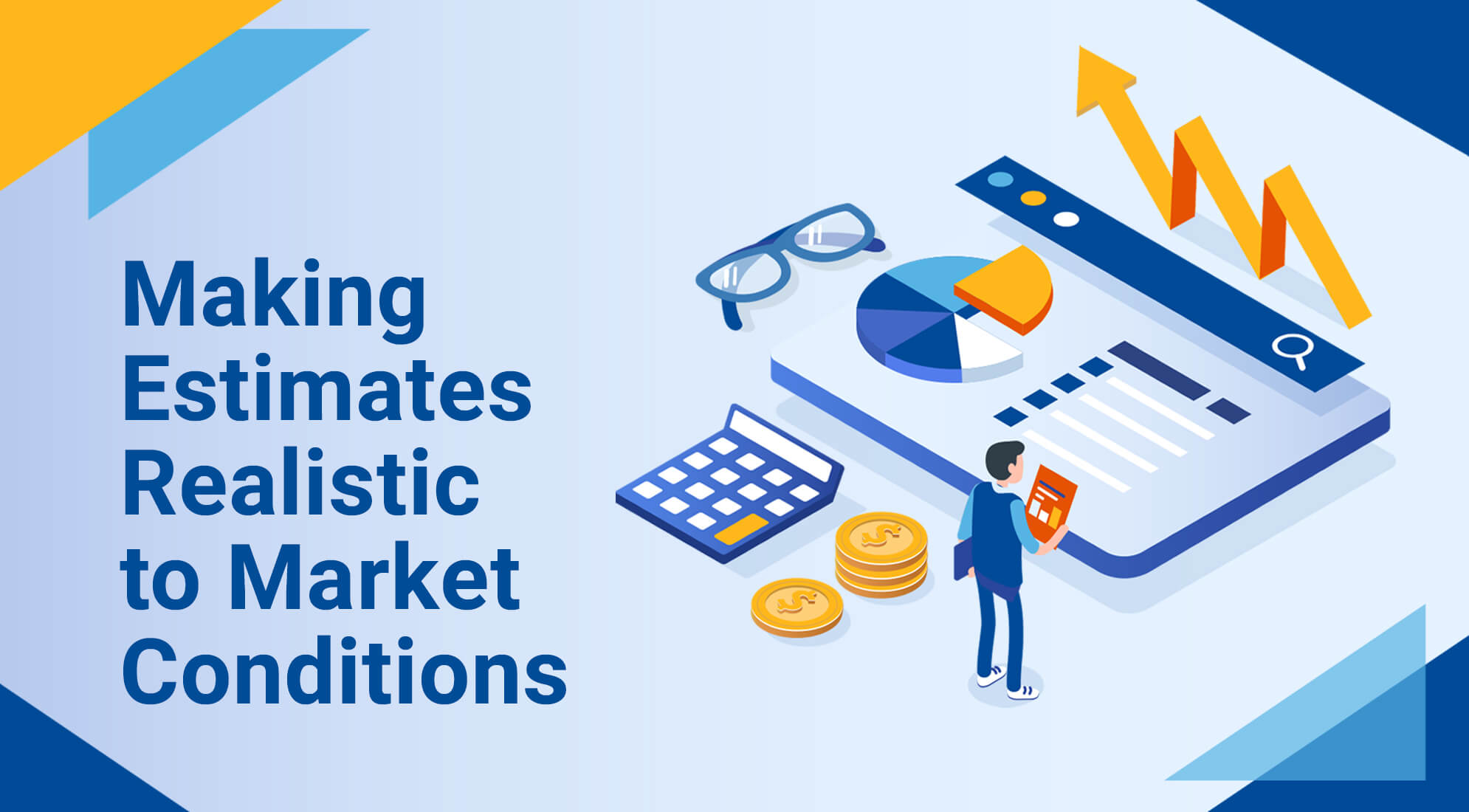In the summer of 2019, we asked our audience of construction professionals to submit questions about estimating. This round of questions will be answered by Rory Woolsey, Certified Estimating Professional. Rory has been in the construction industry for more than 40 years, starting as a laborer and most recently as a senior owner’s representative for large public agencies. He has a passion for teaching and has facilitated over 8,000 hours of classroom instruction to architects, engineers, contractors and facility managers.
Q: How do you organize your quantity takeoffs?
A: Construction projects can be complex, so anything we can do to stay organized in the estimating process is good. My approach to staying organized through a quantity takeoff is to follow the steps of building the project just as the contractor will: from the ground up. With the help of quantity takeoff software, I highlight drawings as I move through “constructing” the project. In the end, I have all drawings and scope quantified and in an organized flow that I will then follow for pricing the quantities. This methodology helps me to capture all quantities without doubling up a missing piece of the project. I have a fun job in estimating construction in that I get to daily build construction projects without actually having to build them.
Q: I am a small business residential general contractor and am looking for education opportunities on how to become a commercial estimator. Do you have any recommendations?
A: I would start with some of the great organizations out there with the caveat that you should do your homework and determine the best organization that fits with your goals as a professional. AACE International is the Association for the Advancement of Cost Engineering. I earned my CEP through this organization, so I know firsthand they have some great certifications. Additionally, I have attended a few meetings and met some of their 7,000 members. My impression is they are theoretical with a cost engineering mindset. Another organization that offers certification and education programs is the American Society of Professional Estimators (ASPE). They provide great training opportunities for professional development. My impression is that they are more practical than theoretical.
I would be remiss if I did not mention the years of estimating training programs that RSMeans Data has provided for the industry. To those that do budgetary estimating, RSMeans Data is (and always has been) the gold standard for published construction cost data. I am biased because I have a long history with the company but RSMeans Data is an excellent resource for estimators.
After 40 years in construction, I am convinced that estimating is about knowing construction. Some of the best estimators I have worked with are those that come from the field and have had to build projects and have dealt with all the context and execution challenges that come with construction. This being said, I recommend asking lots of questions about construction materials, means and methods. Any opportunity to walk a jobsite with a contractor and watch how plans and specifications are transformed into a physical thing, do it. Estimating is building projects before projects are built. Contractors know this well because their livelihood is based on getting it right with their estimates and bidding of projects. There is also a great opportunity to learn by working in the field for a contractor.
Q: Will the structure of a construction company as we know it change in the digital era?
A: How we plan, organize, implement, monitor work and change directions to stay on track is moving daily to paperless and digital. As the saying goes, “There’s an app for that.” I am amazed at the tools that are being developed that add proficiency and flexibility to the contractor’s operations. On the design end, BIM was developed to help coordinate conflicts in structure, mechanical and electrical systems. Isn’t it better to know you have a system conflict before you physically have a system conflict? On the work site end, I recently saw a new tool for tracking personnel on a busy construction site. Knowing where they are in case of emergency or just for communication’s sake is a good thing.
In the future, I envision “suites” of software that will help a contractor command, control and measure a project with shared information to the project team. The issue with all this digital innovation is wading through the options that would best fit your construction company. Immediately jumping into a great expense of software before you are ready can be devastating to the company’s profitability before seeing a benefit. As an old-timer in this business, I would recommend that everyone embrace the digital era, it is here, after all. But do your homework on the solutions available for your size, volume and type of construction. It’s better to walk before you run.
Estimators across North America keep RSMeans Data on their bookshelves and on their computers. Find out why.





